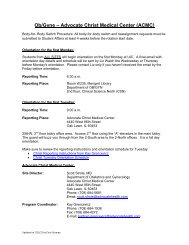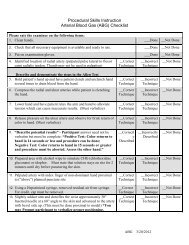Housestaff Survival Guide Crosscover Specialty Procedures + Calcs ...
Housestaff Survival Guide Crosscover Specialty Procedures + Calcs ...
Housestaff Survival Guide Crosscover Specialty Procedures + Calcs ...
You also want an ePaper? Increase the reach of your titles
YUMPU automatically turns print PDFs into web optimized ePapers that Google loves.
Home<br />
Sign-out<br />
<strong>Crosscover</strong><br />
<strong>Specialty</strong><br />
<strong>Procedures</strong> + <strong>Calcs</strong><br />
Electrolytes<br />
Call <strong>Survival</strong> Tips<br />
Phone Numbers<br />
P+C<br />
<strong>Housestaff</strong><br />
<strong>Survival</strong> <strong>Guide</strong><br />
<strong>Housestaff</strong> <strong>Survival</strong> <strong>Guide</strong> | <strong>Procedures</strong>&Calculators | Thoracentesis<br />
A thoracentesis is a very useful diagnostic procedure. Fluid analysis can be used to assess the nature of the effusion, and the need for<br />
further management such as antimicrobials.<br />
Indications:<br />
Pleural effusion which needs diagnostic work-up<br />
Symptomatic treatment of a large pleural effusion<br />
Contraindications:<br />
Uncooperative patient<br />
Uncorrected bleeding diathesis<br />
Chest wall cellulitis at the site of puncture<br />
Bullous disease, e.g. emphysema<br />
Positive end-expiratory pressure (PEEP) mechanical<br />
ventilation<br />
Only one functioning lung<br />
Small volume of fluid (less than 1 cm thickness on a<br />
lateral decubitus film)<br />
Supplies:<br />
Thoracentesis kit<br />
Bedside US Machine<br />
Method:<br />
Read the following document: NEJM > Thoracentesis<br />
Procedure video: NEJM Videos in Clinical Medicine ><br />
Thoracentesis<br />
Complications:<br />
Pneumothroax<br />
Hemothorax<br />
Arrhythmias<br />
Air embolism<br />
Introduction of infection<br />
PROCEDURE TEMPLATE<br />
PROCEDURE:<br />
Thoracentesis, U/S guided.<br />
INDICATION:<br />
Large pleural effusion.<br />
PROCEDURE OPERATOR:<br />
CONSENT:<br />
Consent was obtained from the patient prior to the procedure.<br />
Indications, risks, and benefits were explained at length.<br />
PROCEDURE SUMMARY:<br />
A time out was performed. The patient was prepped and draped in a<br />
sterile manner using chlorhexidine scrub after the appropriate level was<br />
percussed and confirmed by ultrasound. U/S images were permanently<br />
documented. 1% lidocaine was used to numb the region. A finder needle<br />
was then used to attempt to locate fluid; however, a 22-gauge, 3 1/2inch<br />
spinal needle was required to actually locate fluid. Fluid was<br />
aspirated on the second attempt only after completely hubbing the<br />
spinal needle. Clear yellow fluid was obtained. A 10-blade scalpel used<br />
to make the incision. The thoracentesis catheter was then threaded<br />
without difficulty. The patient had 1200 mL of clear yellow fluid<br />
removed. No immediate complications were noted during the<br />
procedure. Dr. _____ was present during the entire procedure. A postprocedure<br />
chest x-ray is pending at the time of this dictation. The fluid<br />
will be sent for several studies.<br />
ESTIMATED BLOOD LOSS:



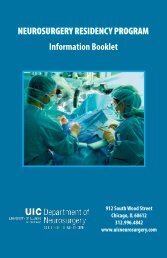
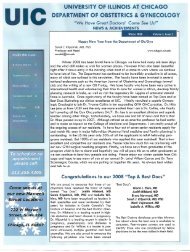
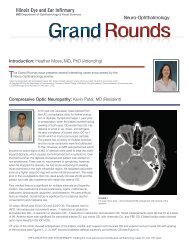
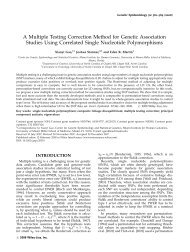
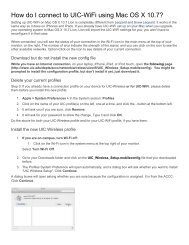
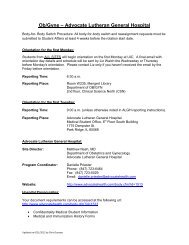

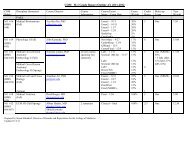

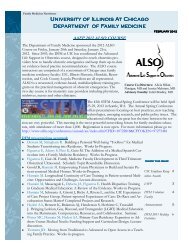
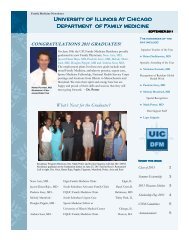
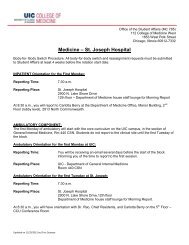
![CV Joan [W51] - University of Illinois College of Medicine at Chicago ...](https://img.yumpu.com/17336863/1/190x245/cv-joan-w51-university-of-illinois-college-of-medicine-at-chicago-.jpg?quality=85)
